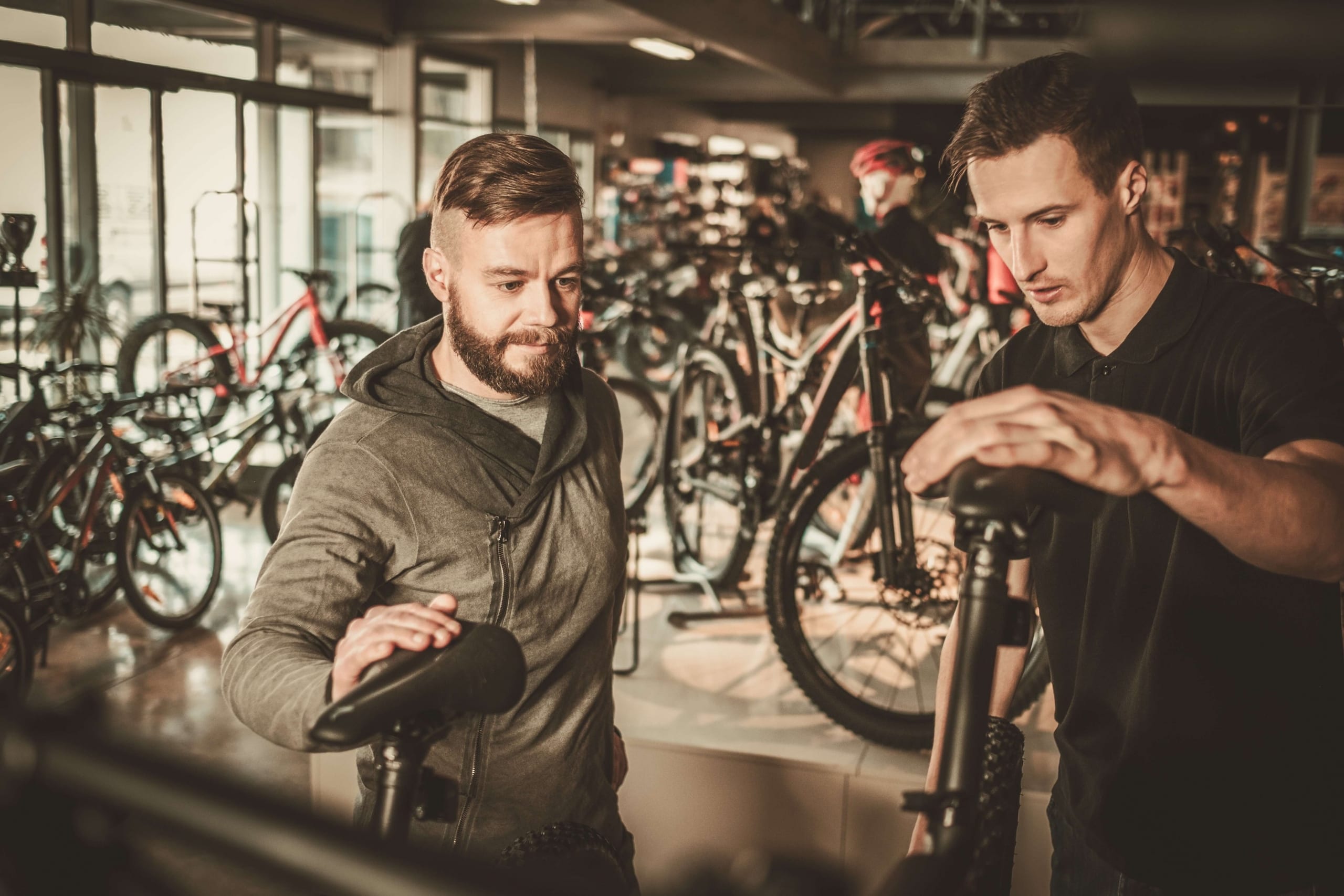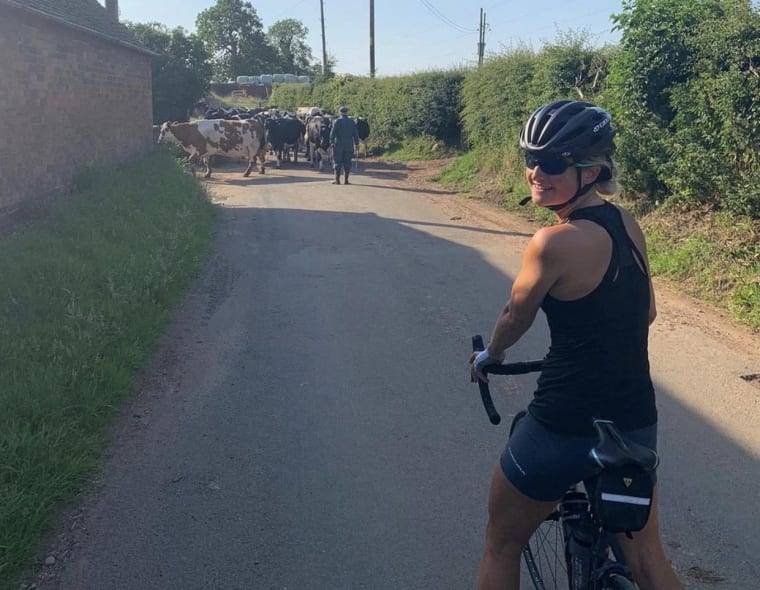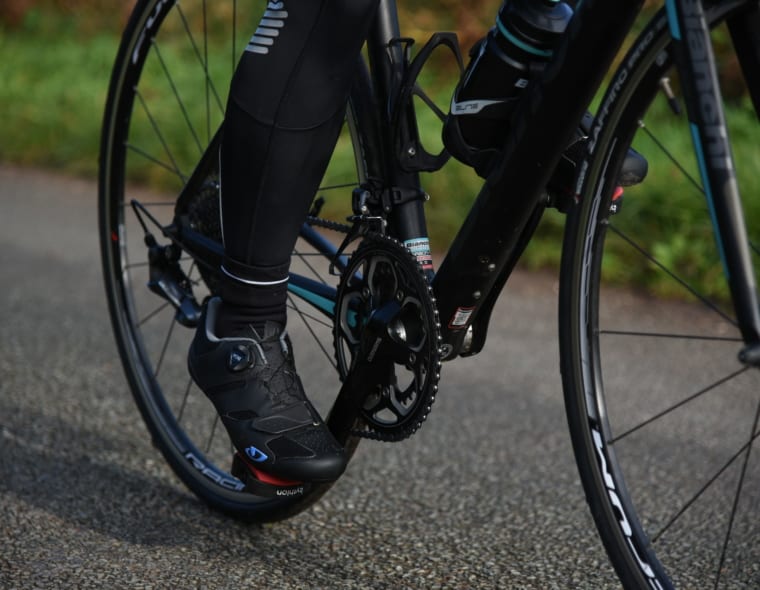Before jumping into bike fitting, we need to talk about size. Size matters. If your bike has the wrong size, it will be impossible to find a perfect fit. That is one of the reasons we love bike stores where you can see and try the bikes before buying and get experienced advice.
Nothing is worse than hitting the handlebar when climbing or riding in an overstretched position. Both are signs of wrong bike sizes. Just picking a frame size according to your height can go wrong since it is the ratio of the lengths of your legs, arms, and torso that matters.
The next consideration that goes into the size, type, and configuration is your cycling goal. Do you expect to ride flat roads, or do you want to do a lot of climbing? Will you be out cycling for hours or looking for a quick rush after work? May be your considering triathlon training?
The answers to these questions will help to select the right bike based on its geometry. Most bike manufacturers offer road bikes with an ‘aggressive’ geometry to be exceptionally aerodynamic, very low handlebar positions and endurances bikes with a much more ‘relaxed’ geometry that allows you to ride a bit more upright.
These two factors, your body’s size and proportion and the purpose, will be essential aspects to select the right size. Another point that becomes important with bike fitting is your flexibility.
Bike fitters can help you to find the most aero position lying flat on your triathlon bike. But what is the point if you can’t stay in that position for more than a few minutes? Your flexibility is another aspect of finding the perfect fit for you.
Once the frame size and bike have been selected, it can be adjusted by only moving the components, for example, changing saddle height, tilt, and saddle position. Or, it can be modified by selecting or replacing parts like cranks, stem, and adding or removing spacers for the handlebar drop.
As you can imagine, that is much easier done in a bike store with a good selection of components on hand, another reason why we love bike stores.
Once the basic geometry has been adjusted to fit you, we should look into the aspect of attaching the cleats to your bike shoes. You will notice that the three bolts used to connect cleat and shoe provide a certain degree of freedom to move them around before tightening.
Cleats are supposed to secure the shoe into the position that ensures optimal power transfer. As we found out in the Cycling Science section, this position is believed by the bike fitter community to be within the area of the five metatarsophalangeal joints (MPJ) aligned with the axis of rotation of the pedal.
In laymen’s terms, the pedal axle should be aligned with the big bump at the side of your foot. They can be mounted either straight or tilted to define the degree the heel is pointed in or out whilst pedalling.
It is crucial to understand that some cleats, like the Bythlon cleats, provide a degree of float. A ‘fixed’ position means that there is no float, no lateral foot movement is possible.
Most cyclists prefer a degree of float since this allows the foot some freedom of movement and takes pressure from the knee. The heel can move toward or away from the crank during the pedal stroke.
We recommend mounting the cleat in the position the cyclist prefers during the power stroke where the maximum pressure is applied. This becomes the neutral position, and the foot can move both ways equally.
Bythlon patent-pending technology actively supports the cyclist to find this neutral position back during each rotation.



